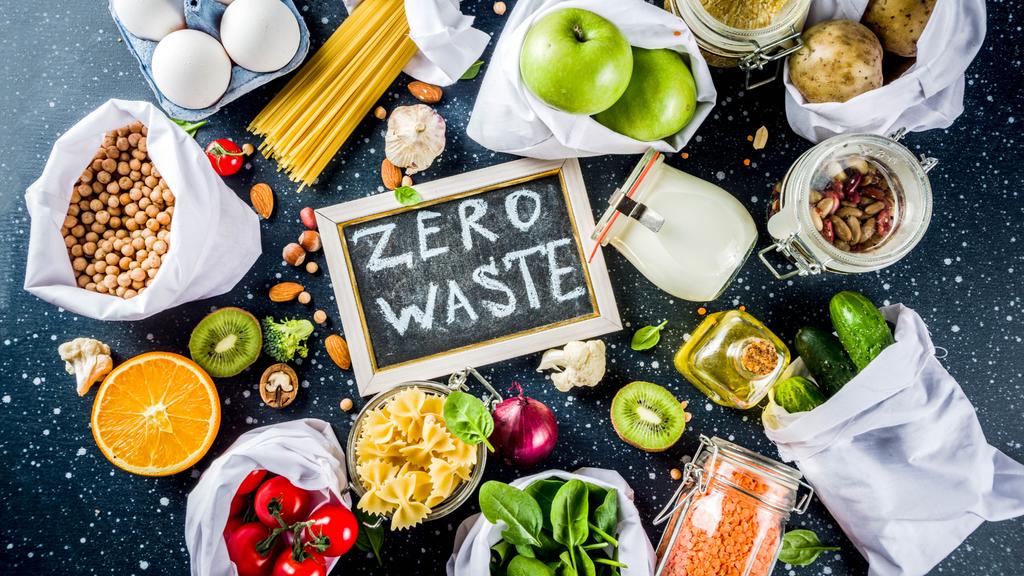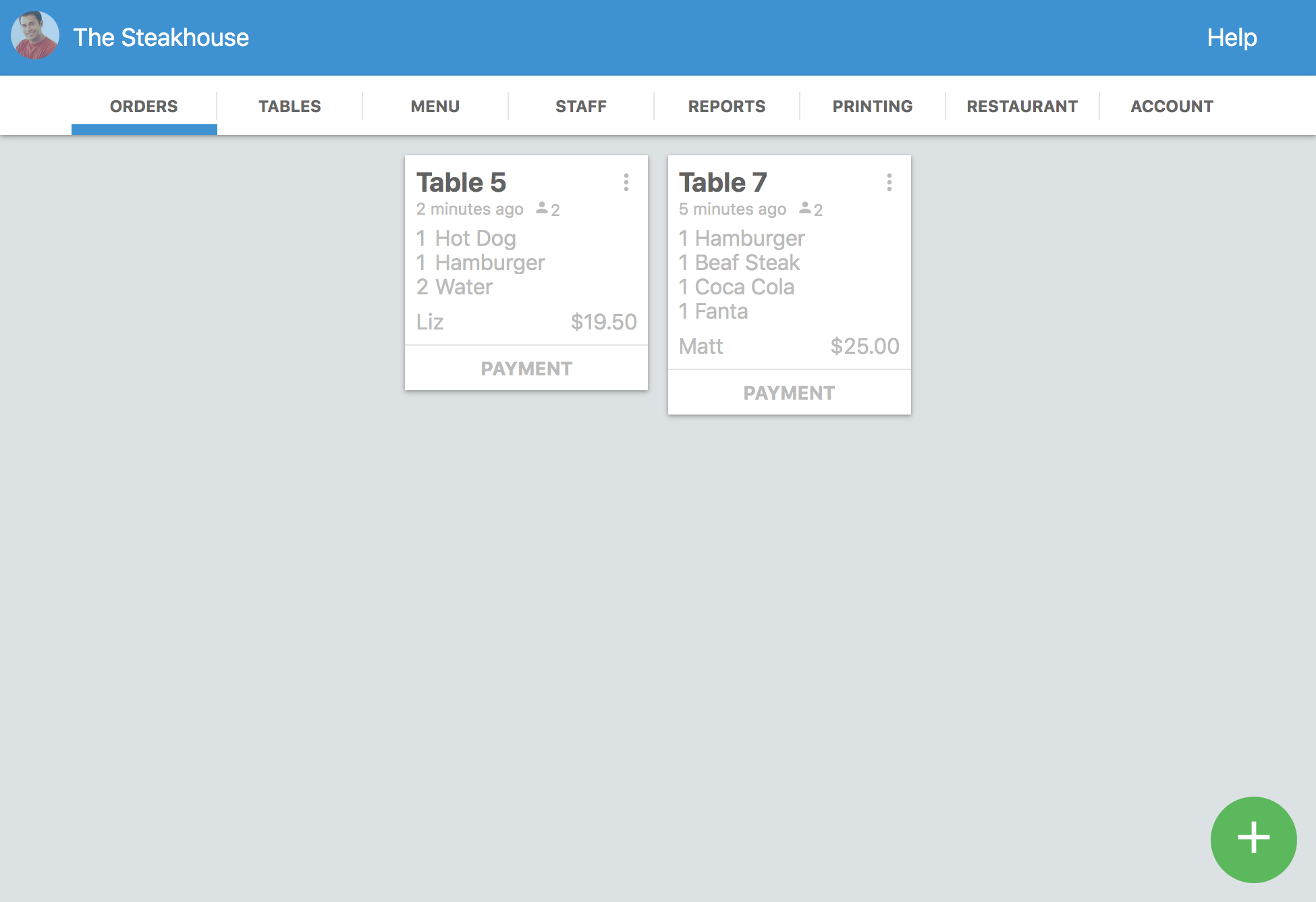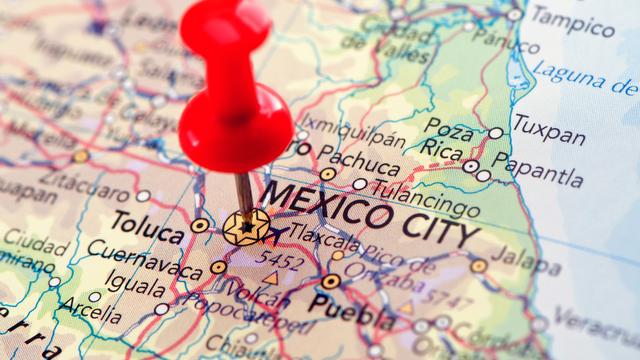Restaurants have to deal consistently with food waste and must always be on the lookout for new strategies to avoid the numerous issues it causes. Not doing so represents a big environmental problem caused by inexperienced and irresponsible restaurant owners and managers. If you want to distance yourself from that group, then you have come to the right place. In this article, I’ll tell you about the following topics:
- Food waste and its negative consequences
- Effective strategies to reduce it in your business
- And useful tips to help your restaurant become more sustainable and environmentally friendly
This article will serve as a comprehensive guide to improving your restaurant’s food waste reduction practices. I’ll divide the process into two parts – reducing food waste before it can be produced and managing food waste if your restaurant already generates it. Let’s begin!
What Is Food Waste and Why Is It a Problem?
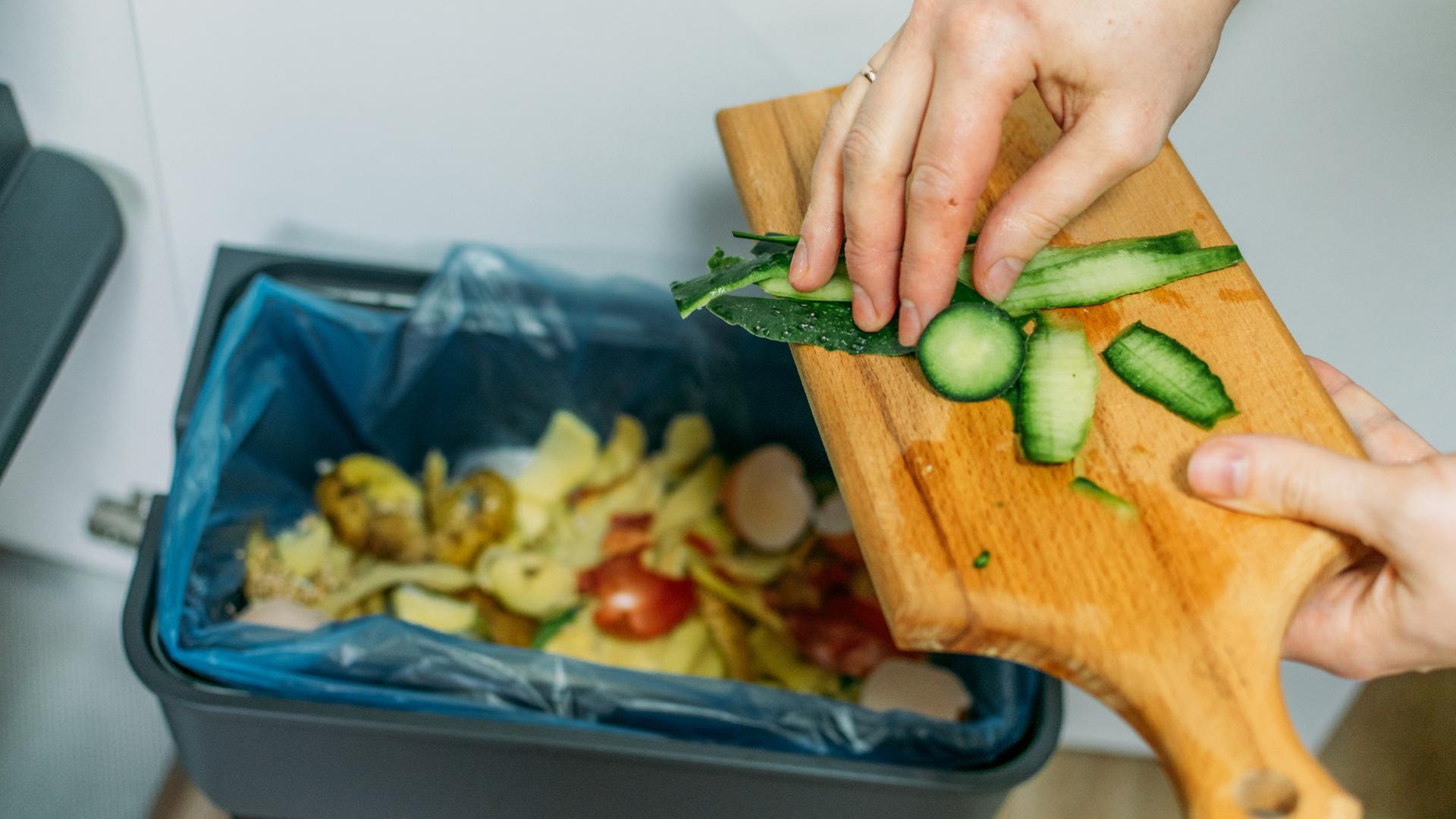
The restaurant industry produces unimaginable amounts of food waste every year. This is a problem that’s hard to measure with exactitude, but studies show that worldwide food waste is roughly a third of all food produced for human consumption. At least 40% of that is produced by the food industry. Only in the United States, the amount of food waste generated is between 22 to 33 billion pounds of food waste a year. For those reasons, this is a major environmental problem. When food is wasted, it ends up in landfills. There it decomposes and produces methane, a greenhouse gas that is 25 times more potent than carbon dioxide, making it a major contributor to climate change. In addition to methane emissions, food waste also contributes to other environmental problems, such as:
- Water pollution: When food waste decomposes in landfills, it produces leachate, a liquid that can contaminate groundwater and surface water.
- Land pollution: Landfills take up valuable land that could be used for other purposes, such as agriculture or housing.
- Natural resource depletion: The production of food requires a significant amount of natural resources, such as water, land, and energy. When food is wasted, these resources are wasted as well.
Economic Impact
Food waste also has a significant economic impact on restaurants. When restaurants waste food, they lose money on the cost of the food itself, as well as the cost of labor, energy, and other resources associated with preparing and serving the food. According to the Food and Agriculture Organization of the UN, food waste costs the global economy an estimated $1 trillion per year.
Social Impact

Food waste also has social impacts. When restaurants waste food, they are contributing to hunger and malnutrition. Nearly 830 million people around the world are undernourished. Food waste also hurts food security. Food security is the ability to have access to sufficient, safe, and nutritious food consistently. When food is wasted, it reduces the availability of food for everyone.
The Good News
Despite this grim outlook, there’s a lot your restaurant can do to help. With the right food waste management techniques, not only can you help feed people who need it, but in some cases you can also help other causes, like animal shelters in need of donations. Ultimately, regardless of the techniques you apply, you’ll also be helping the environment by dealing with food waste more responsibly and sustainably. This can have the following benefits for your restaurant as well:
- Reduced costs: Food waste management techniques can help restaurants reduce their costs by reducing the amount of food that is wasted. This can lead to significant savings on the cost of food, labor, energy, and other resources associated with preparing and serving food.
- Improved profitability: By reducing their costs and environmental impact, food waste management techniques can help restaurants improve their profitability.
- Enhanced reputation: Restaurants that are committed to reducing food waste can enhance their reputation as being environmentally friendly and socially responsible. This can lead to increased customer loyalty and attract new customers.
- Compliance with regulations: Many cities and countries are implementing regulations that require restaurants to reduce food waste. By using food waste management techniques, restaurants can ensure that they comply with these regulations.
- Increase employee engagement: Employees are more likely to be engaged in their work if they feel that they are making a difference. By using food waste management techniques, restaurants can show their employees that they are committed to reducing their environmental impact and being socially responsible.
There’s also the benefit of feeling your work matters even more by supporting any cause you choose as your motivation.
Strategies to Deal with Food Waste
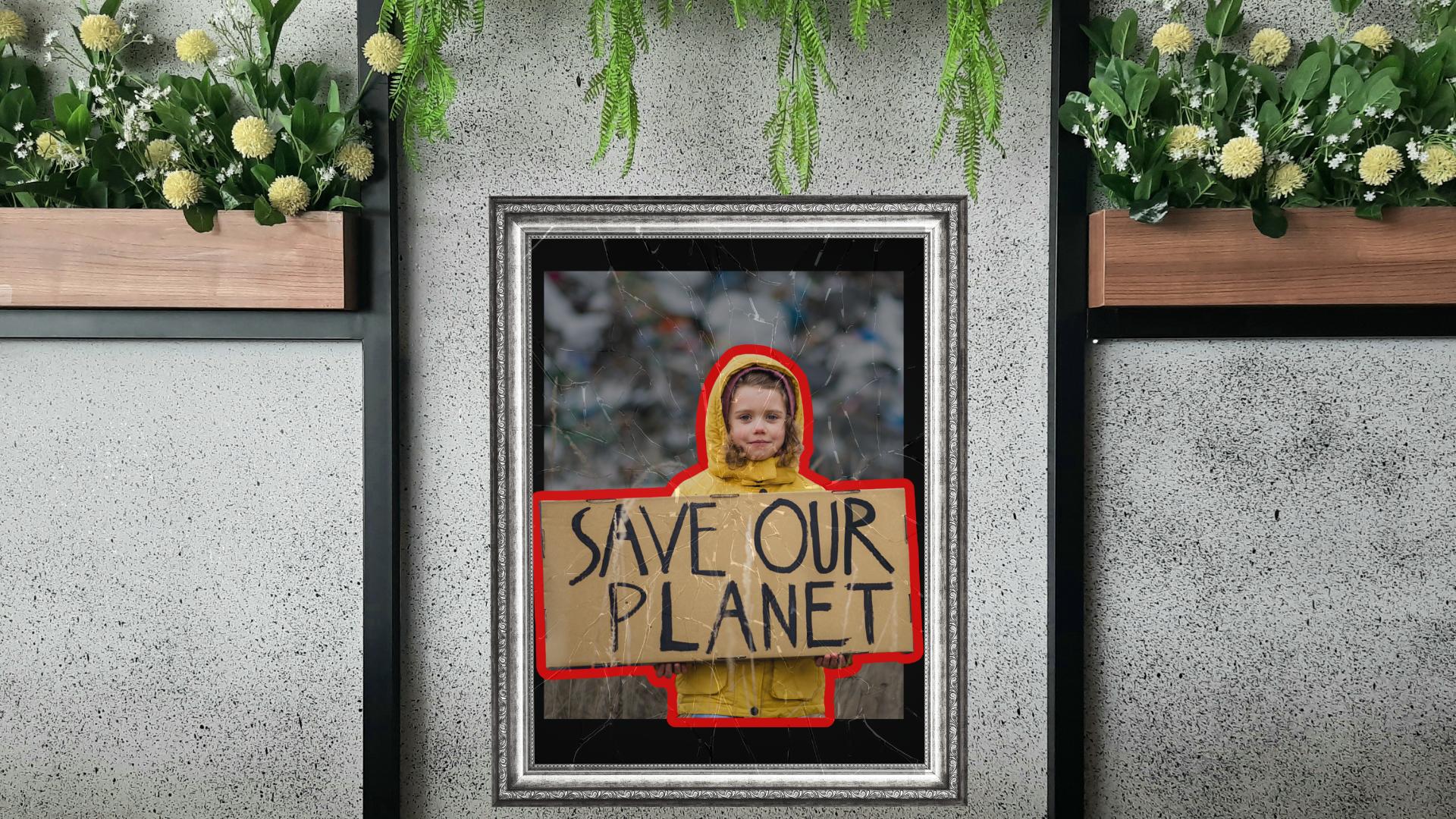
Now, let’s talk about what you can do to reduce and manage food waste. Keep in mind that these techniques are effective, but they require quite a bit of effort on your part. That’s because not any strategy can work for your restaurant unless you adapt it to the way it works. With that said, there might be some strategies that work best for your restaurant. However, I can almost guarantee that you’ll find effective ways to either reduce waste or manage it more efficiently if you can’t reduce its output.
Strategies to Reduce Food Waste
First, let’s discuss the strategies you can apply to reduce food waste. These strategies focus on reducing the bad production habits that create food waste in the restaurant in the first place. These are not difficult to implement, and in fact, I’ve talked about them in this blog in the past but from different perspectives.
1. Menu Planning

This is one of the first things entrepreneurs figure out – some people even create menus before they come up with a restaurant concept and theme. However, this is not often done to reduce food waste unless that’s a big part of your concept. Here are a few tips you can use to apply menu planning to reduce waste:
- Create a menu considering all of the ingredients you’ll use to prepare the dishes
- Make sure every ingredient is fully used to prepare the dishes
- Find creative ways of using parts of ingredients that are often misused or discarded
- Choose dishes that are popular with customers to reduce the risk of food waste
- Include seasonal ingredients whenever possible to reduce the cost of food and to reduce the risk of food waste
- Choose appropriate portion sizes
- Use ingredients with long shelf life or that keep fresh for longer periods
- Add foods that can be upcycled or reused for other dishes if they’re not consumed. A good example of this is Sicilian arancinis – a delicious dish often created with leftover rice that’s stuffed, breaded, and fried
- Add menu items that are easy to prepare or require simple or few ingredients without lowering their quality
- Offer flexible menu options that give customers the ability to choose the portion size that is right for them and to customize their dishes to their liking. For example, you could offer customers the option to choose between a small and large portion size, or to add or remove ingredients from a dish.
This is an interesting strategy to use because you can apply techniques such as menu engineering at the same time. That ensures you cater to the needs of your customers while maintaining your restaurant environmentally friendly, and profitable at the same time. Balancing these three aspects can help you create a menu that achieves several goals at the same time, including giving your restaurant some of the benefits of reducing food waste.
2. Plan Your Supplier Orders Carefully to Avoid Overstocking Ingredients

When you have a restaurant, ordering the right supplies is key to cost-cutting and operating the restaurant efficiently. That’s because you never want to run out of ingredients during service. This strategy is great because it helps you maintain inventory levels at the right volumes. It can be done using one of the following techniques:
- Keeping track of your restaurant’s sales: Keeping up with your sales per day, week, month, and year helps you understand consumer behavior, which also determines demand. That way you can buy exactly what you need, which directly reduces the amount of food that can be wasted, and cuts operating costs. You can do this using your restaurant’s POS system.
- Use technology to track inventory and forecast demand: There are inventory management solutions that have forecasting customer demand features by tracking sales and inventory usage. This can help determine how much you will need of all your ingredients at specific times of the week or month.
- Bonus tip: Ensure you’re always buying the freshest foods so they remain fresh for longer periods. Check out our article about restaurant suppliers to learn how to pick the best for your business.
These practices can extend into others such as closing your restaurant during specific times of the year due to low sales. Check out our guide on how to operate a seasonal business during the summer to learn more.
3. Food Preparation

Several tips that can improve food preparation. In a restaurant, a lot of the waste happens when the food is prepared. This can happen due to a lack of training or knowledge about the ingredients used in the preparation. Also, fully using and respecting the ingredients during the preparation of dishes is an aspect often forgotten about culinary education. Here are a few tips that can help improve food preparation in your restaurant:
- Inform your staff about your goal of reducing food waste.
- Implement standardized recipes to reduce errors and waste: This is the tip that will have the most impact on the way your restaurant’s kitchen works. Restaurants, more often than not, hire unqualified workers even without having proper procedures for every dish they prepare. This is not something you can enforce by just teaching them how to prepare the dishes. Instead, enforce it with proper training, supervision, and by providing all the necessary tools to make this an effective practice – e.g., measuring cups, spoons, and weighing scales.
- Train staff on proper food handling: This is something all restaurants must apply to ensure food safety and to meet law health requirements. There’s no better guide for this than what’s recommended by local health organizations and the training they provide.
- Implement an efficient POS system: POS software like Waiterio comes equipped with solutions such as thermal printer compatibility so waiters can send orders directly to the kitchen. This makes the process much faster, and reliable and reduces errors. Check out Waiterio and all of its features here!
- Fully equip your restaurant with specialized areas and tools for each ingredient type, and dedicate a budget for disposable gloves
These tips can take your restaurant a long way toward reducing food waste.
4. Improve Your Inventory Management
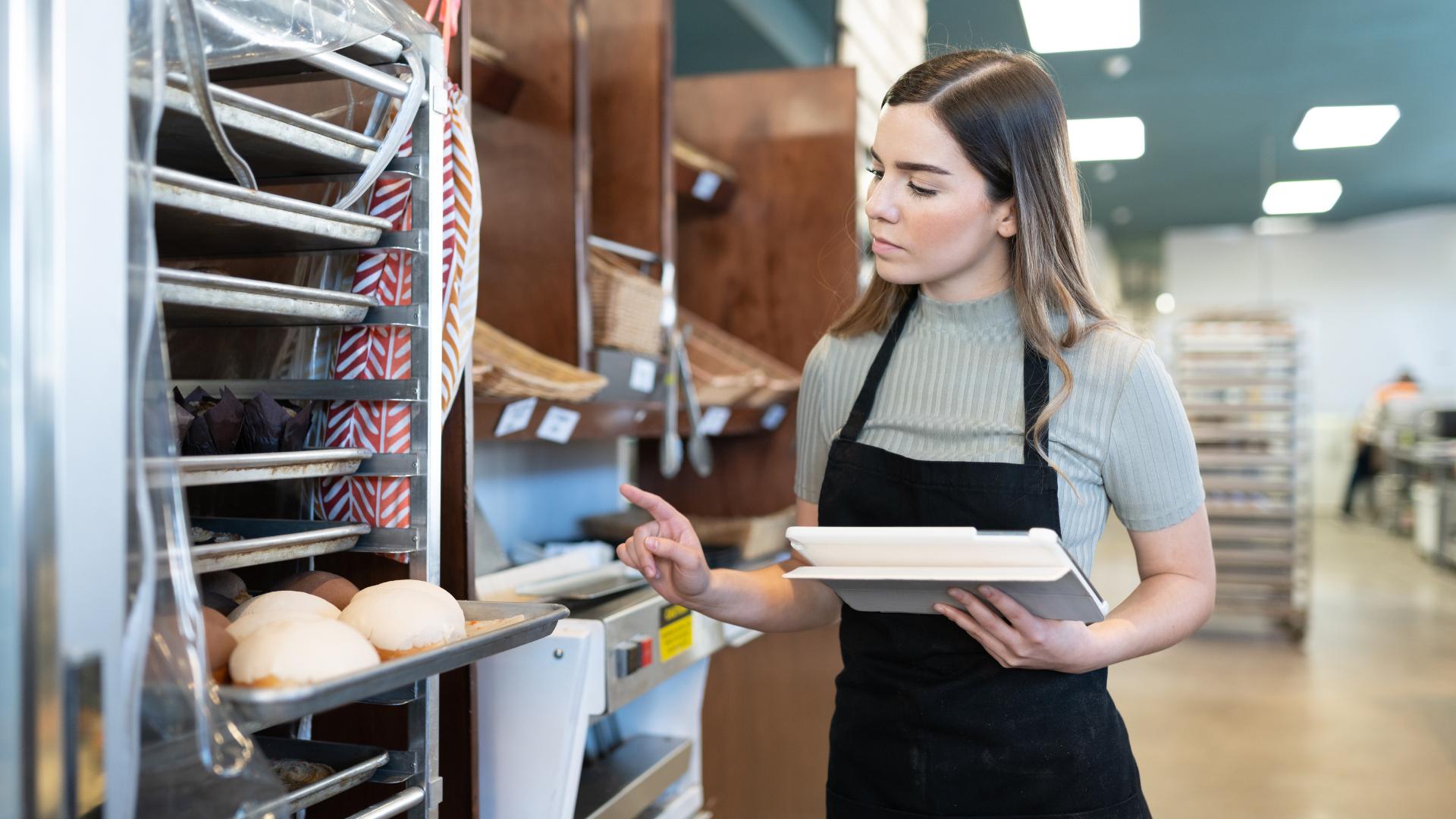
You’d be surprised at the number of restaurants that don’t have proper inventory management practices. This is like the plague for a restaurant’s finances. Here are a few tips you can use to improve your restaurant management practices:
- Track inventory regularly. This might sound obvious, but many managers simply skip this or don’t do it as often as they should. You should track inventory daily or weekly to keep track of what food they have on hand and what is about to expire. This information can be used to plan menus and to identify food items that need to be used up before they spoil.
- Use the FIFO method. This ensures that older food is used first, which can help to reduce food waste.
- Store food properly. Food should be stored at the correct temperature to prevent spoilage. This means refrigerating perishable foods and freezing foods that will not be used within a few days.
- Label food properly. Food should be labeled with the purchase date, expiration date, and the number of servings. This will help to ensure that food is used before it expires and that portions are consistent.
- Rotate inventory regularly. Inventory should be rotated regularly to ensure that older food is used first. This can be done by moving older food to the front of the pantry or refrigerator every time you purchase new ingredients.
Such strategies are a bit more difficult to implement because they require a lot of training and enforcement, as well as some investment in tools and equipment. Still, the equipment might be as simple as buying reusable storage containers. Training can be as simple as reinforcing food safety course practices!
Strategies to Manage Food Waste
The strategies I mentioned above are perfect for reducing the amount of food waste your restaurant produces – but, likely, they won’t fully eliminate the problem. That’s why this process is divided into two types of techniques. Managing food waste requires that you create and apply practices to ensure leftovers are repurposed or handled properly for disposal.
1. Foodservice and Customer Education
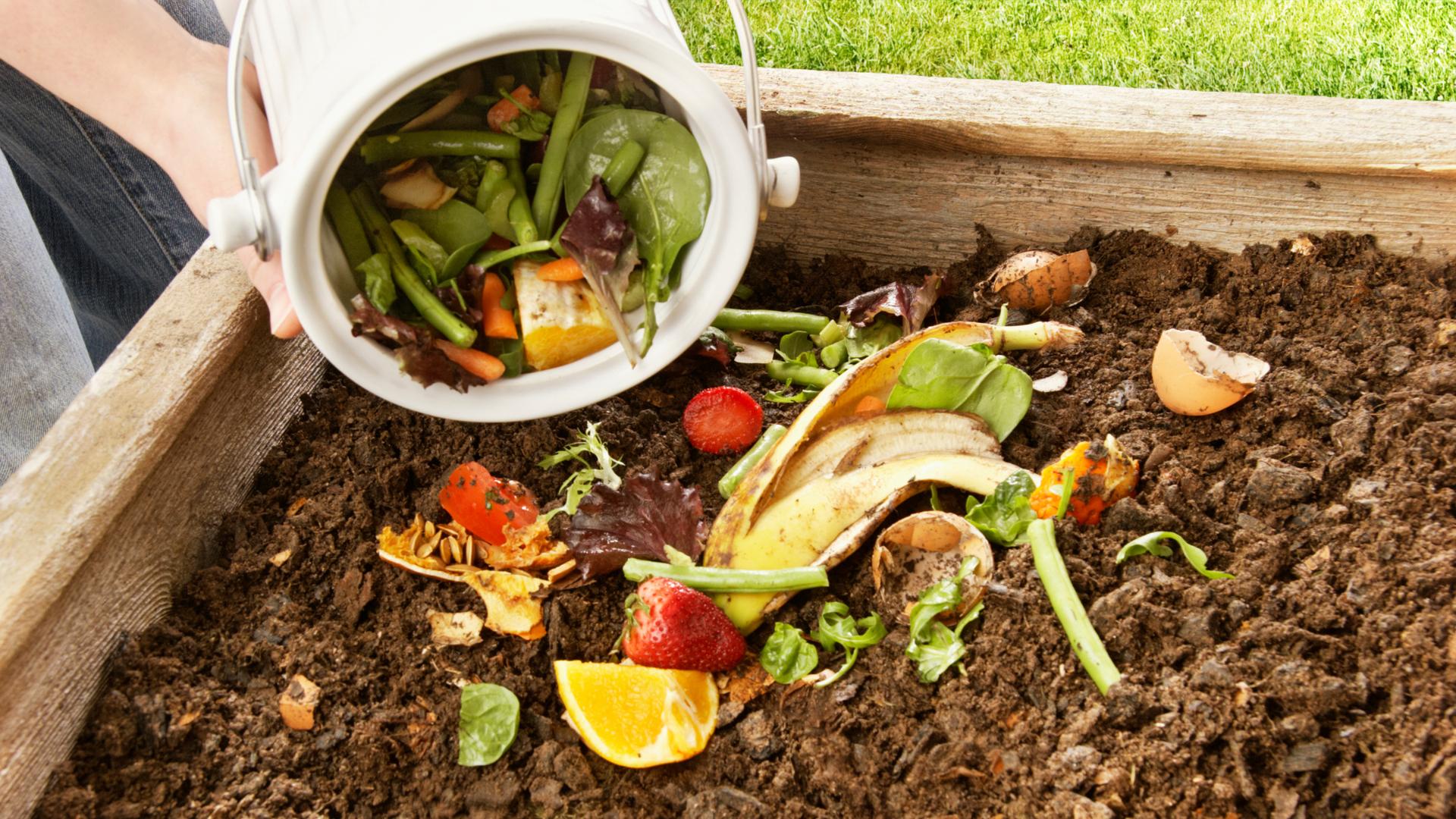
Educating customers about food waste and the importance of sustainability is crucial to helping this important cause. Here are several things you can do to promote food waste education and reduce it:
- Display information about food waste. You can display information about food waste in the restaurant, such as posters, brochures, or table tents. This information can educate customers about the environmental, economic, and social impacts of food waste.
- Educate staff about food waste. Restaurant FOH staff should be educated about food waste so that they can answer customer questions and promote food waste reduction initiatives. You can also train your staff in general on food waste reduction practices. They should know how to properly store food, handle leftovers, and prepare food in a way that minimizes waste.
- Use social media. You can use social media to educate customers about food waste. For example, they could post recipes for using up leftovers or tips for reducing food waste at home. This can also work to promote the restaurant as a sustainable business which will surely attract environmentally responsible customers.
- Host educational events. You could host educational events about food waste, such as cooking classes or workshops.
- Offer discounts or rewards for customers who reduce food waste. For example, restaurant managers could offer customers a discount on their next meal if they take home leftovers.
Educating as many people as you can about this issue is also a great way to contribute. Of course, don’t make the mistake of preaching without practicing!
2. Donate Surplus Food
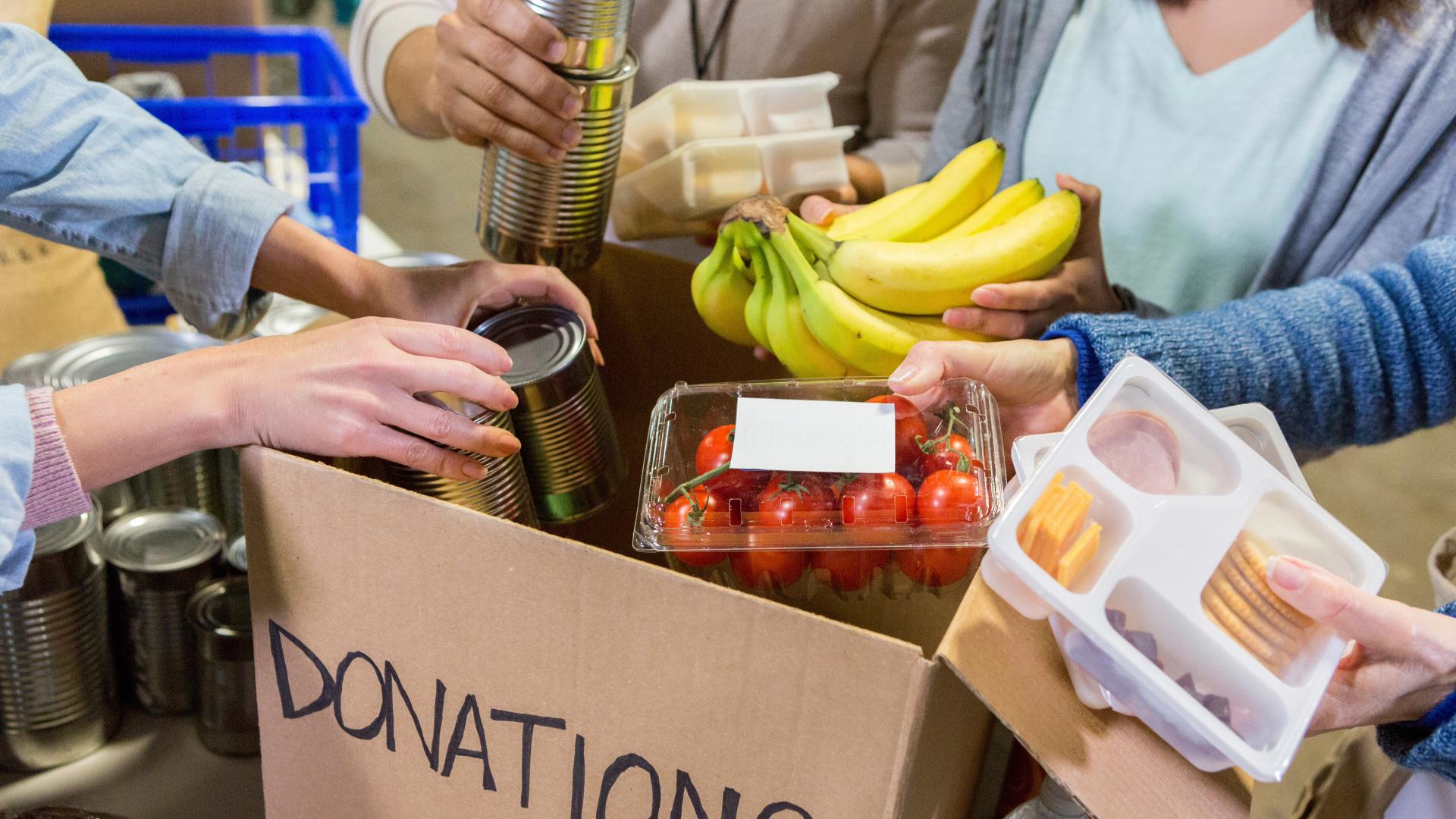
You can always donate surplus food to local charities, food banks, or animal shelters. This is much easier if you’re outside of the U.S. – if you are, make sure to follow proper procedures when donating. Check out this page to learn more. These are some steps you can take to donate food:
- Identify potential recipients. Not all organizations accept food donations, so it's important to first identify potential recipients in your community. You can do this by searching online or contacting your local government.
- Contact the recipient. Once you've identified some potential recipients, contact them to inquire about their donation policies and procedures. They may have specific requirements, such as the types of food they accept, the condition of the food, and the packaging requirements.
- Prepare the food donation. Once you've confirmed with the recipient that they can accept your donation, you need to prepare the food according to their requirements. This may involve cooling, freezing, or packaging the food in a specific way.
- Deliver the food donation. Once the food is prepared, you need to deliver it to the recipient. You may be able to deliver the food yourself, or you may need to arrange for a pickup or delivery service.
Here are some additional tips for donating food to each type of organization:
Charities
- When donating food to charities, it's important to choose charities that have a good reputation and that are well-established.
- Be sure to donate nutritious food that is in good condition.
- Avoid donating food that is expired, damaged, or spoiled.
- If you are donating perishable food, be sure to package it properly and refrigerate or freeze it as needed.
Food Banks
- Food banks typically accept a wide variety of food donations, including non-perishable and perishable items.
- When donating to a food bank, be sure to check their website or call ahead to find out what types of food they are most in need of.
- Food banks may also have specific requirements for the packaging of food donations. Be sure to follow these requirements to ensure that your donation can be accepted and distributed safely.
Animal Shelters
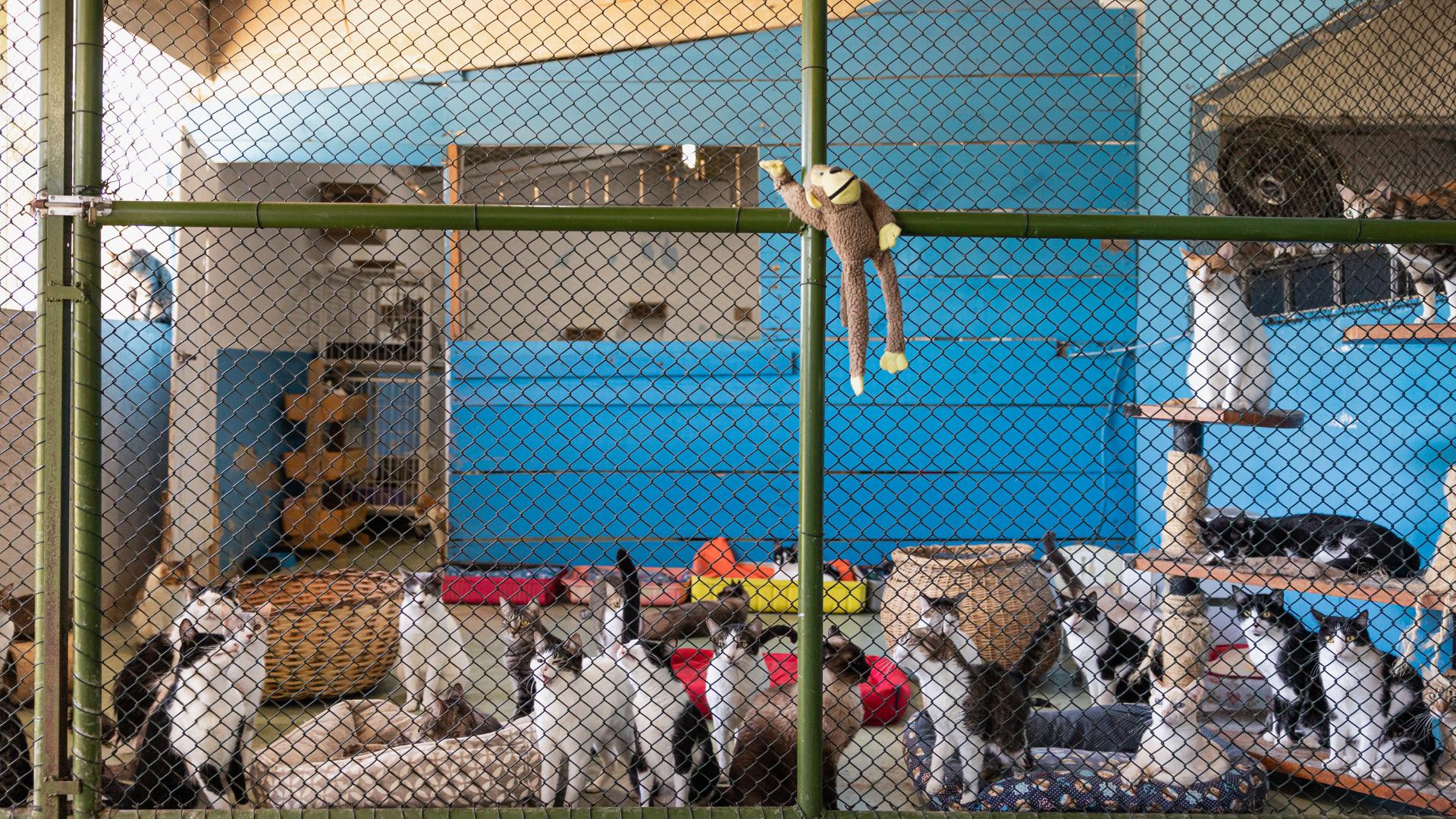
- Animal shelters typically accept donations of pet food and treats, but some may accept processed leftover food.
- Animal shelters may also have specific requirements for the packaging of food donations. Be sure to follow these requirements to ensure that your donation can be accepted and distributed safely.
Alternatively, if you own a small restaurant, you can also prepare staff meals or simply take home food that’s about to expire.
3. Composting and Recycling
The last alternative is composting and recycling, which greatly benefits the environment. Here are the steps you can take to implement these practices in your restaurant:
- Start with education. If you are new to recycling and composting, it's best to start by learning everything you can about the topic and also educating your staff.
- Make it easy for your staff and customers to recycle and compost. Place recycling and composting bins in convenient locations and make sure that they are clearly labeled.
- Partner with local recycling and composting providers. Local recycling and composting providers can help you to set up your programs and to provide you with ongoing support.
- Partner with local farms to provide them with compostable foods.
- Create a farm for your restaurant. Some restaurants with sustainable concepts create farms and benefit from the whole food cycle – from farm to table and vice versa via composting!
- Some restaurants just create small spaces dedicated to growing their food, which is more approachable for small businesses. Again, this is much easier outside the U.S.
Reducing Waste Is Well Worth the Effort
Reducing food waste is one of the most impactful things that restaurant managers can do to reduce their environmental impact and save money. By following the tips in this article, restaurant managers can take advantage of numerous benefits, including making the future a better place where restaurants and businesses can keep existing! I encourage you to take the steps necessary to reduce food waste in your business. Are you willing to try it? You should!
